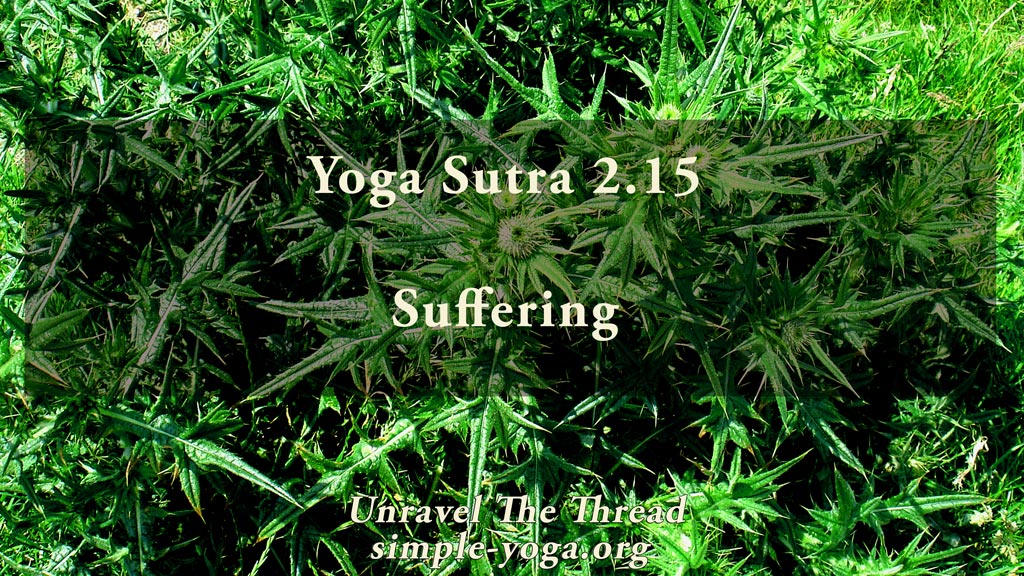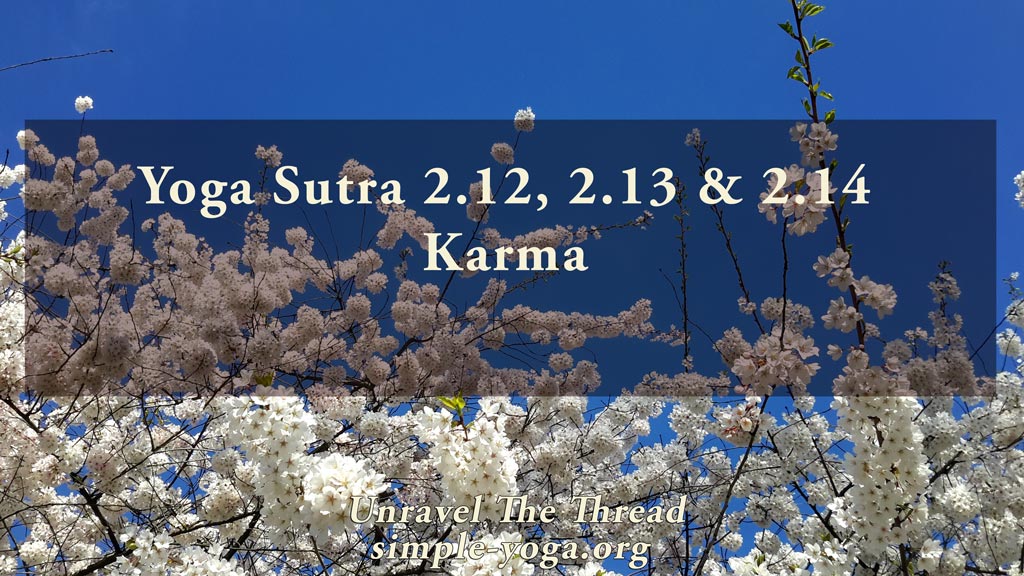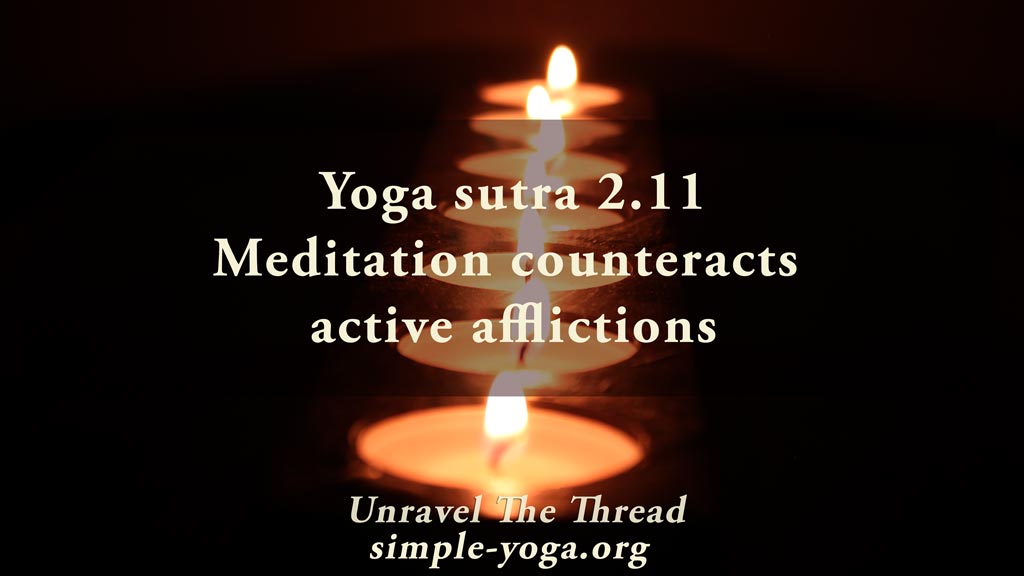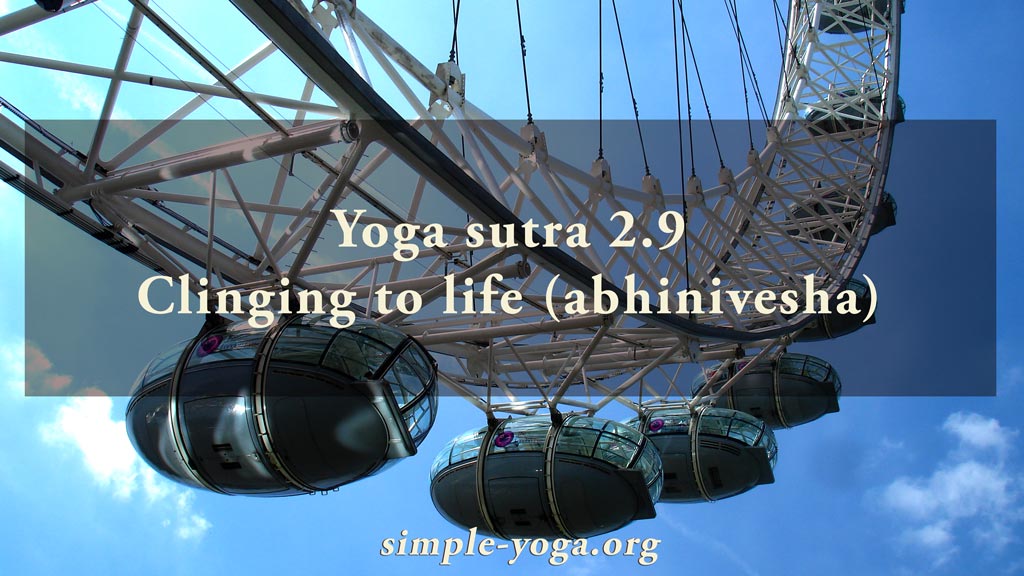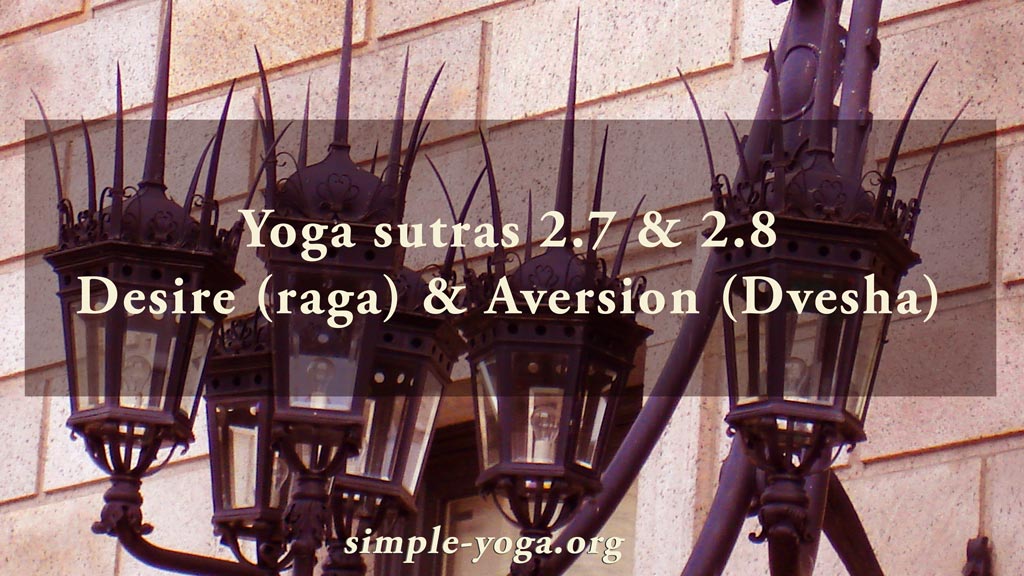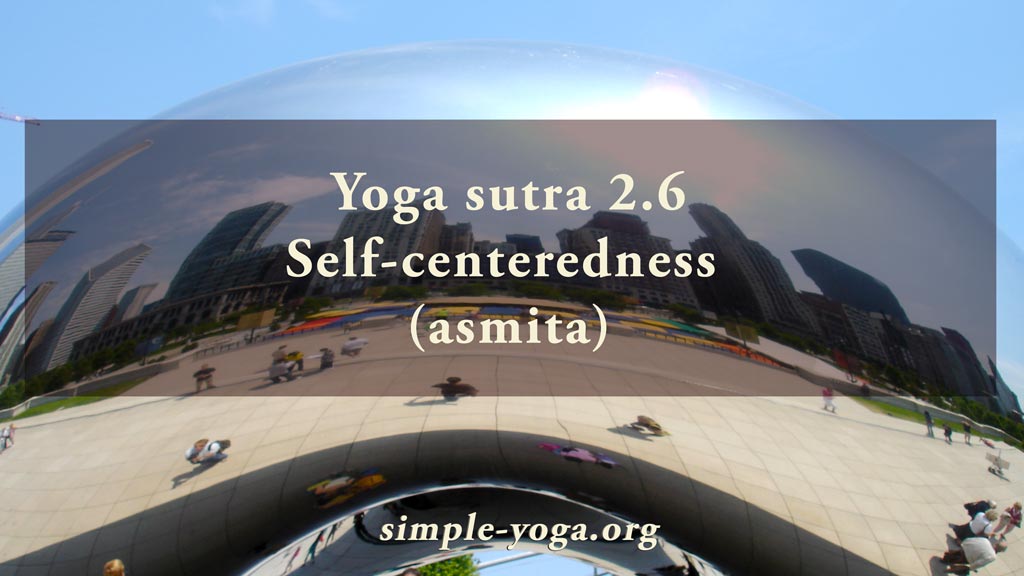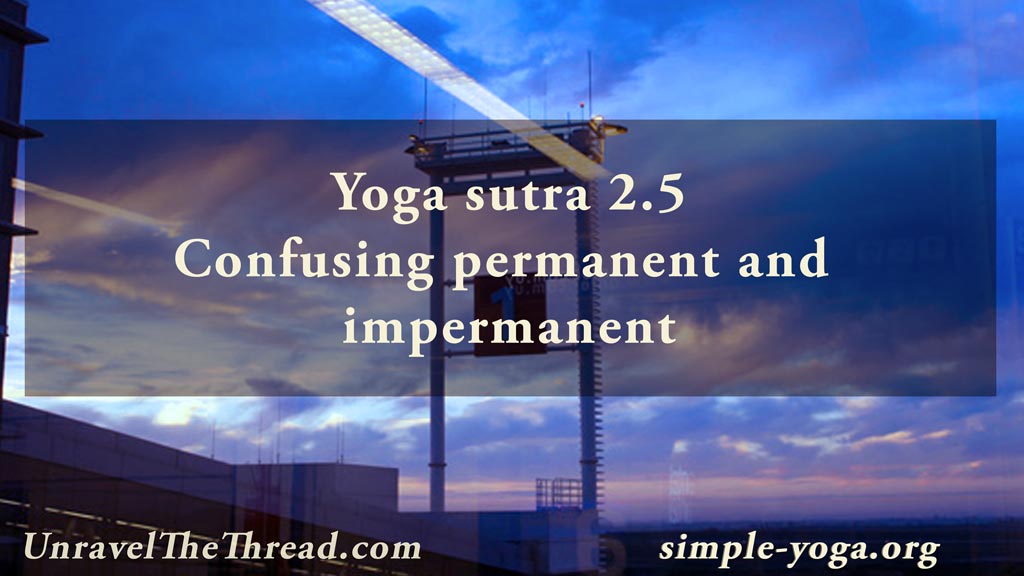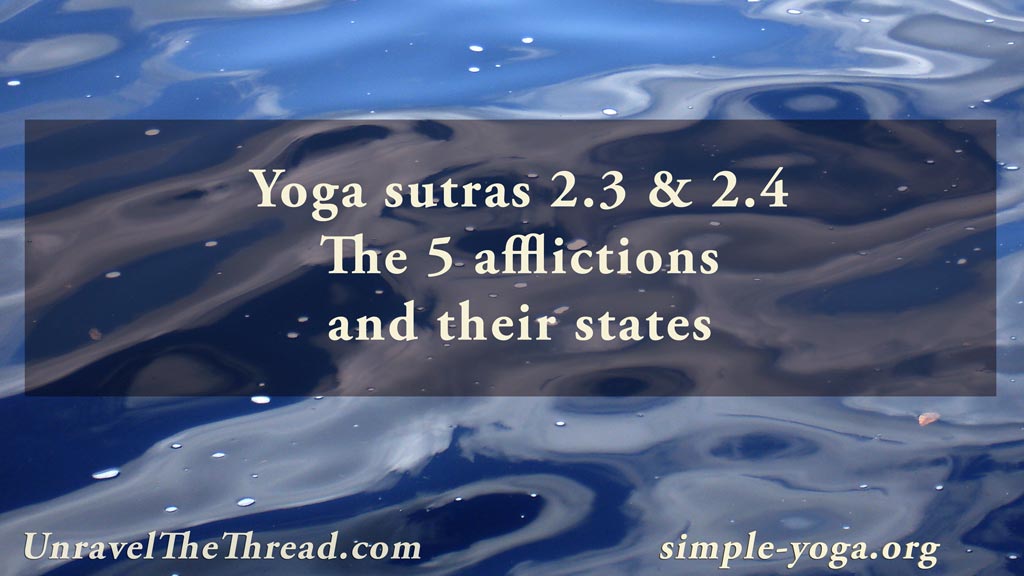June 1, 2020
Yoga Sutra 2.15 Suffering
What would you need to love your life exactly as it is right now?
All experiences and sensations are temporary. The wise person knows that anything that can be earned will eventually be lost and that anything that can be bought or sold is unlikely to bring lasting joy and happiness.

